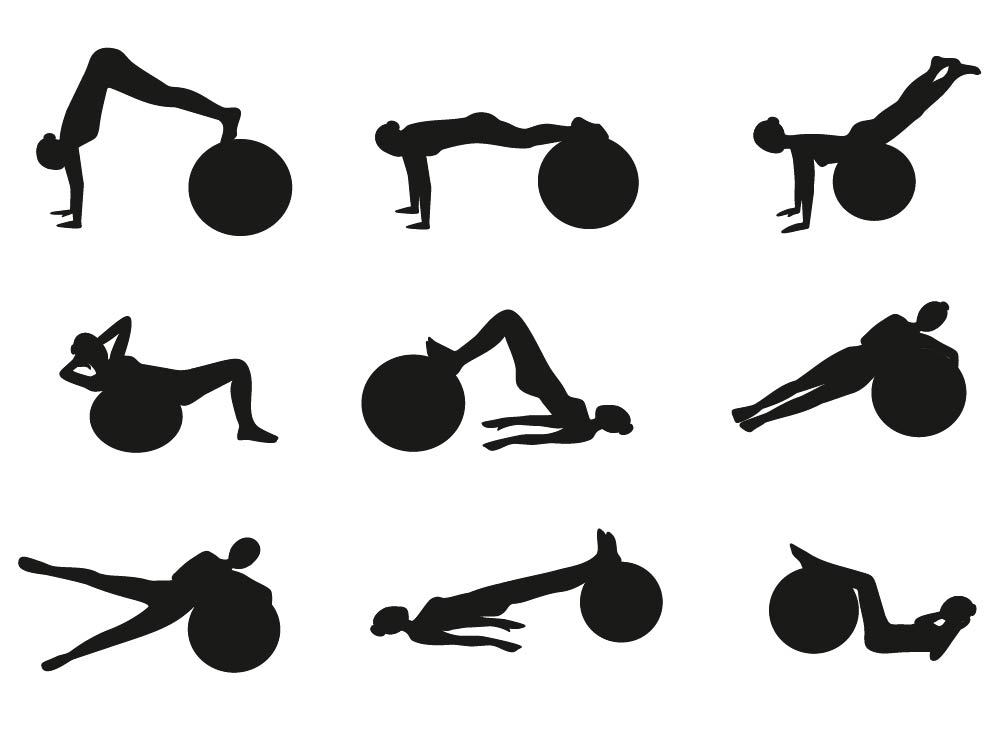There are many instances in daily life and sport in which force must be exerted when an individual performing the task is in an unstable condition. Swiss Balls are used as a platform for training to provide an unstable environment for force production.
Functional training for the rescue!
The increased stress associated with instability has been postulated to promote greater neuromuscular adaptations, such as decreased contractions, improved coordination and proprioception (sensation of joint movement and joint position), and confidence in performing a skill. High muscle activation with less stress on joints and muscle is especially beneficial for general musculoskeletal health and rehabilitation.
Swiss Ball training also has strong relevance for athletes. To understand the benefits of Swiss Ball training, one must understand that the body functions together as a unit. While some muscles contract to produce movement, others contract to help balance the body and stabilize the spine.
Swiss ball and muscle activation
Still, other muscles will kick in each time the body recognizes a shift in position, to correct a loss of balance. The body is a linked system that works together to coordinate athletic actions like throwing a ball when squatting and bending over. Instability decreases the externally-measured force output and strength of a muscle while maintaining high muscle activation. Thus, for exercises performed on a Swiss Ball versus on a stable surface, while there is a decrease in strength (less weight can be lifted), there is no significant difference in overall EMG activity between the stable and unstable protocols.
The high muscle activation of limbs and trunk when unstable can be attributed to the increased stabilization requirements. The decreased strength (force output) for exercises performed on an unstable device can be attributed to the decreased balance on the ball, which forces assistive limb muscles to play a greater role in joint stability and in performing the exercises on the ball.

Swiss Ball training is perfect for children. Ball are not only playful; Swiss Ball training at an early age helps develop coordination and body awareness and sets the stage for future success in athleticism. Swiss Balls are also easy to travel with and perfect for a hotel room workout since they don’t take up much space.
When implementing a resistance training program for musculoskeletal health, rehabilitation or sports performance, both stable and unstable exercises should be included to ensure an emphasis on both higher force (stable) and balance (unstable) stressors to the neuromuscular system.
Is it always ideal?
While Swiss Ball training can benefit everybody who does not suffer from any injuries, obese individuals are more challenged by movement and have less balance and coordination. They can do better by starting out training with weight stack machines and cardiovascular training, and then successfully implement Swiss Ball training into their routine. Also, people who are just starting out to exercise need to build up at base strength level (especially spinal stability) before they can accept exercises that will challenge the core. Also, individuals with recent injuries or chronic low back pain should be careful with Swiss Ball exercises and consult with a physical therapist.
Swiss Ball training is useful for all non-injured populations, of all ages, because it can be easily adapted to meet a variety of needs and goals (it is the how, when and how much the stability exercises are used in a training program that varies depending on the needs and goals of the individuals).







